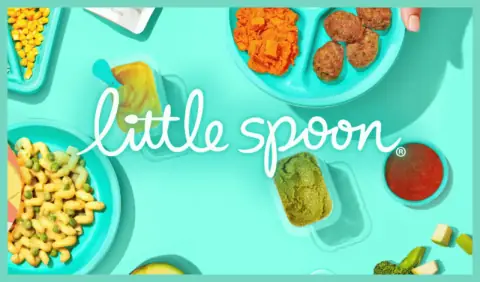
Anyone who has attempted weight loss knows how difficult it can be. Putting on weight isn't too difficult, but losing it can be a real challenge.
Exercising is commonly viewed as a means to trim down. While there are many positive health outcomes associated with exercise, it is not a magic bullet for weight loss.
If you're trying to lose weight but can't find the time to exercise, you've come to the right place. Join Noom, a healthy and efficient weight loss programme that won't harm your metabolism or force you to exercise excessively.
The Noom Diet: What Is It and How Does It Effect?
The word "diet" needs to be set aside for a moment. Noom is a subscription service for a mobile health app that advocates for lifestyle changes in place of traditional dieting.
Noom has been around for a while. It first appeared in 2008 as an essential fitness and calorie counter.
Noom's weight loss programme was developed by a staff of behavioural health professionals after extensive study of oncology, diabetes, hypertension, and other related topics. Dieters on the Noom programme learn to prioritise their mental health over their food choices. The idea behind the app is that "after deciding what you're willing to work on, your mindset will aid in the formation of new neural connections that will help you change your habits over time."
Noom-based weight loss today entails focusing on self-awareness and accountability in addition to dietary and emotional management to produce long-term success.
What Exactly Are You Allowed to Eat on the Noom Plan?
I've never tried a diet before that didn't restrict any particular foods or food groups like this one does. You are the one putting limits on yourself. Noom caters to people who are vegan, gluten-free, or on a low-carb diet, but it never says anything negative about food.
The Noom team contends that the heaviness of a meal, rather than its caloric content, is the key to feeling satisfied after eating, and so they've developed a color-coded food system to reflect caloric density (CD). A food's CD is decreased by the amount of water it contains. As a result, you can eat less of these foods and still feel full because they have a low CD.
Green Food Category: Diets high in fruits, vegetables, and whole grains tend to have lower calorie densities because these foods are more water- and nutrient-dense.
Yellow Food Category: Lean meats, legumes, and low-fat dairy should be consumed in moderation due to their higher caloric and nutrient density, respectively, in comparison to foods in the green category.
Red Food Category: Red Meats, Processed Foods, and Full-Fat Cheese. These are the Highest Calorie, Lowest Nutrient Foods. The 25 percent of daily calories you consume come from portions of these foods between 1/4 cup and 1/2 cup.
You can still eat "red" foods on the Noom Diet Plan; the focus is on portion control. No one automatically assigns a colour classification to each food item you log, making it easy to identify problem areas in your diet.
Frequently Asked Questions
How Successful Are People On Noom?
Noom helps people lose weight, according to research. 78% of Noom users lost weight, and 23% lost more than 10%.
What Is The Average Weight Loss On Noom?
Noom claims that their users who also adopt a healthy lifestyle will lose between 0.5 and 1 kilogramme (1 to 2 pounds) per week.
Is It Worth Paying For Noom?
If you are struggling to lose weight and have exhausted every other option, Noom is unquestionably worth the investment. There is no magic pill or quick fix for weight loss, but Noom does provide many dieters with the encouragement and guidance they need to make the lifestyle changes that lead to the best results.













